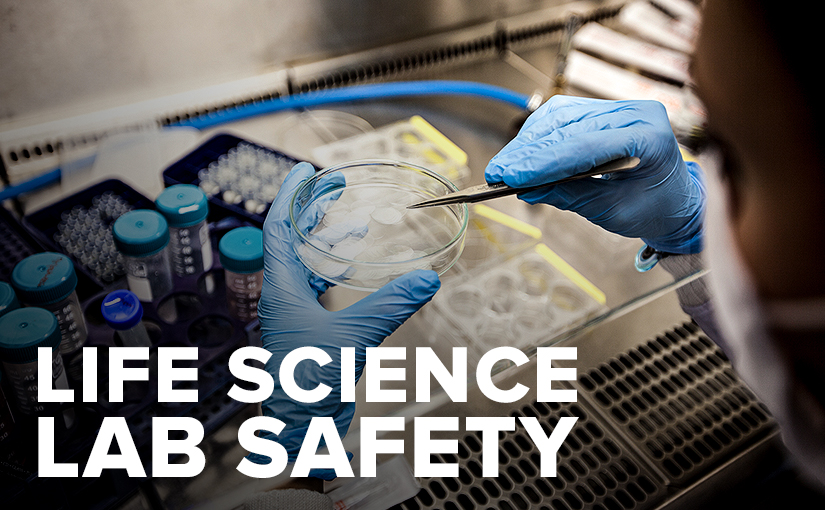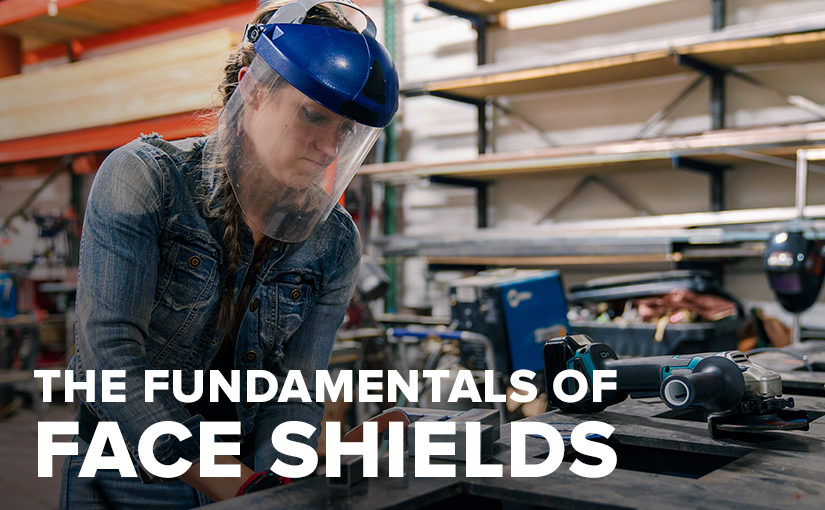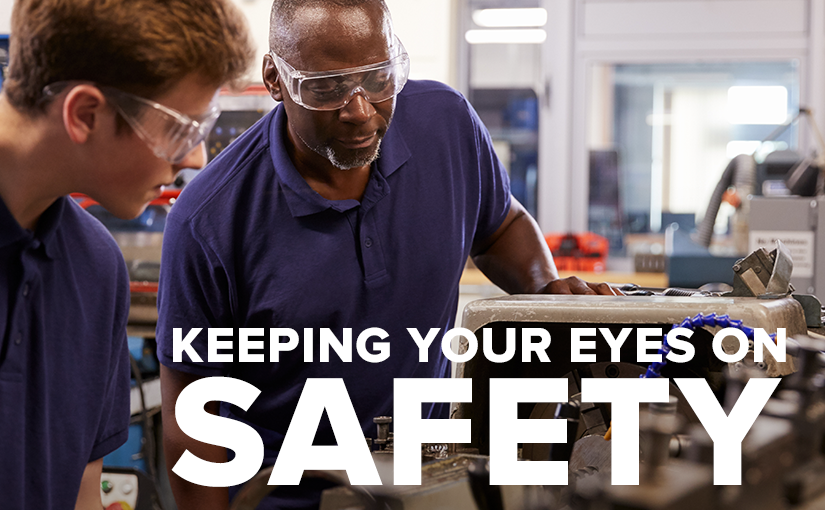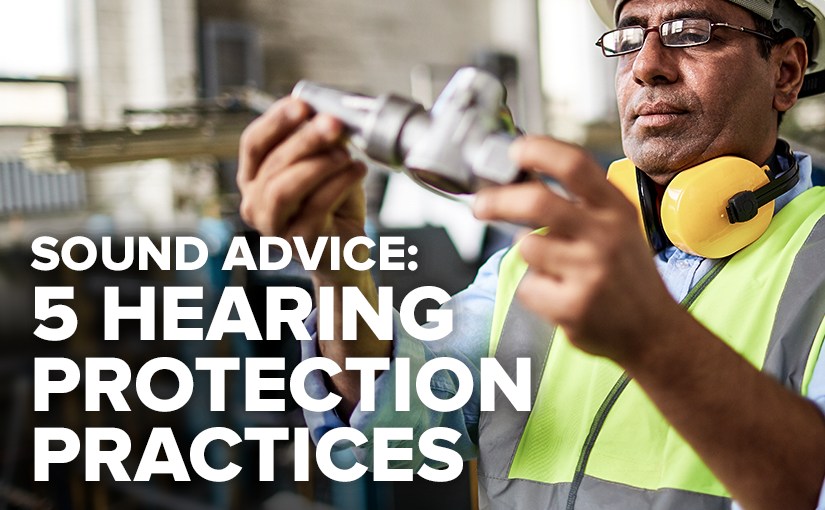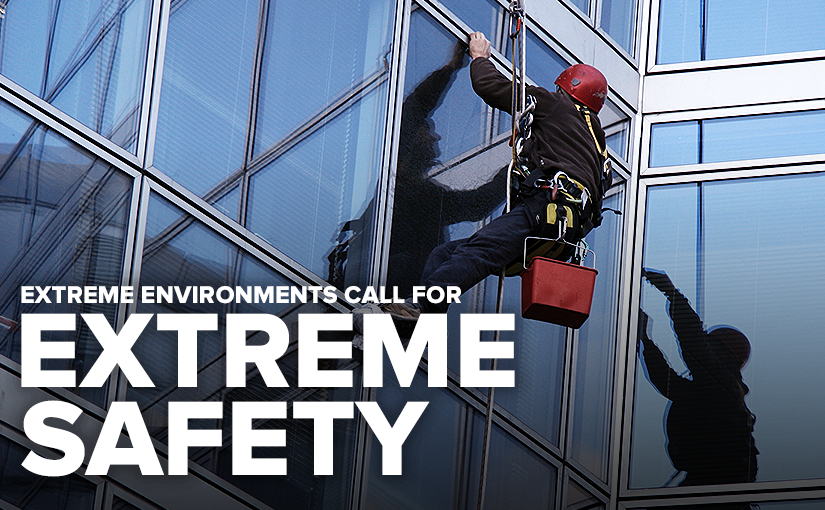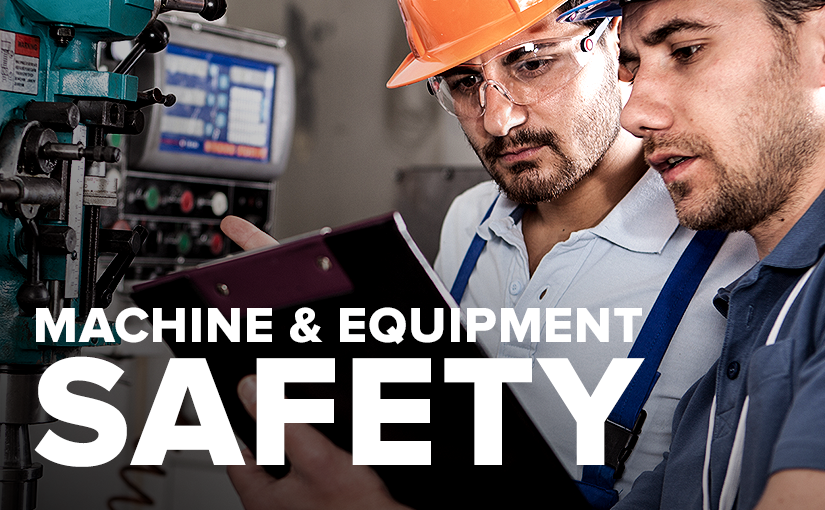In a laboratory, an ounce of prevention really is worth a pound of cure. Taking steps to prevent exposure to hazards comes in many forms; establishing a culture of safety, administering regular inspections, and wearing protective gear, just to name a few. Personal protective equipment (PPE) comes in many different forms and varieties; knowing what equipment to wear and when to wear it is half the battle to keeping everyone in a workplace safe. Continue reading PPE for Lab Professionals
Tag: protective gear
Picking Proper Protection: Face Shields
In any workplace, there are a number of hazards that an employee might encounter and be injured by. Among these threats are several dangers to the eyes and face. But Prevent Blindness America has found that these injuries are some of the most preventable. In recent years, they have identified 86,000 work-related accidents that could have ended with a serious eye injury but were prevented by the proper use of eye protection. While many professionals are actively promoting the use of safety eyewear, civic and manual labor professionals often need the added protection of a face shield. While you should never wear a face shield by itself, knowing when to and what kind of face shield to wear for a task is essential when picking out protection for your employees. Continue reading Picking Proper Protection: Face Shields
Reducing Eye Injury: The Basics
The Centers for Disease Control (CDC) reports that about 2,000 workers in the US sustain a work-related eye injury that requires medical attention each day. Prevent Blindness America and many other professional organizations maintain that 90% of these accidents could be prevented. As an employer, you are responsible for providing the proper personal protective equipment (PPE) for every person working under your supervision. You can do your part to prevent these injuries from happening by understanding when eye protection should be worn and what type of protection should be used for different tasks. Continue reading Reducing Eye Injury: The Basics
Listen Up! 5 Guidelines to Protect Your Employees’ Hearing
The National Institute for Occupational Safety and Health estimates that about 22 million US employees are exposed to hazardous noise levels at work, making occupational hearing loss one of the most common work-related injuries in the country. With OSHA’s recommended “danger zone” starting at just 85 decibels, chances are that your industrial or construction workplace requires the use of hearing protection. Continue reading Listen Up! 5 Guidelines to Protect Your Employees’ Hearing
Exploring Safety Equipment for Extreme Environments
As a trade professional, you likely know the ins and outs of safety best practices—the importance of wearing the right gear and having the right protective equipment on hand has probably been drilled into your head since day one. But what about those times when you’re pushed out of your comfort zone? Literally. Throughout the course of your career, you’ll likely encounter extreme scenarios and environments that will call for extreme safety measures. Here we’ve outlined some of those common “extreme” environments and exactly what you’ll need to ensure maximum safety on the job. Continue reading Exploring Safety Equipment for Extreme Environments
How to Ensure Your Workers Stay Safe While Operating Machinery
More than 4,500 fatal injuries occur in the workplace per year. Prevention is key; know your employees are in the safest possible environment when it comes to preventing future machinery mishaps on the job. In this blog, we have compiled some ways to keep your workers safe, including being up-to-date with the lockout/tagout (LOTO) process, knowing what safety gear to have on hand, and understanding what extra precautions to take while operating machinery. Continue reading How to Ensure Your Workers Stay Safe While Operating Machinery

